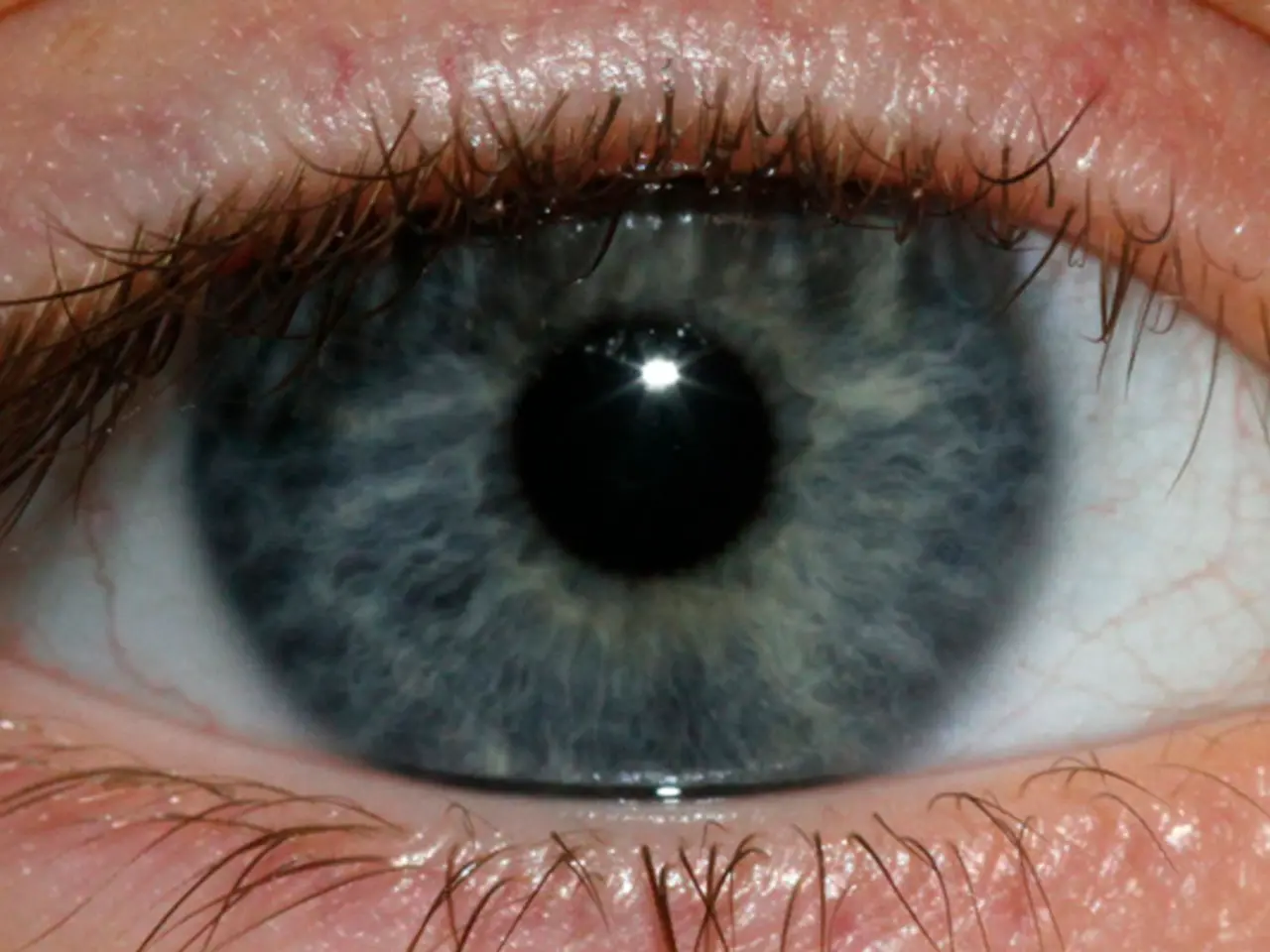Regular Eye Exams Crucial for Children's Vision Health
Regular eye exams are vital for children's health, as recommended by the American Academy of Ophthalmology. These tests ensure proper vision development and detect potential issues early.
Newborn eye tests check alignment and response to light and touch. Between 6 and 12 months, exams evaluate eye movement and muscles, in addition to newborn tests. From 1 to 3 years, eye development is tracked, and specialists may be consulted for issues like lazy eye or crossed eyes. The American Academy of Ophthalmology and Dr. Traboulsi recommend a two-part exam at 6 months and 3 years.
Eye tests between 3 and 5 years assess visual acuity and may include color blindness tests or photo screening of the back of the eye. After age 5, healthcare providers continue to check vision and correct refractive errors with eyeglasses and other treatments. Even without symptoms, a comprehensive eye exam is recommended for children, especially those with a family history of eye diseases or conditions like lazy eye.
Pediatric eye exams are crucial for detecting and addressing vision issues early. Regular exams, as recommended by the American Academy of Ophthalmology and Dr. Traboulsi, ensure children's visual health and overall development.
Read also:
- Abu Dhabi initiative for comprehensive genetic screening, aiming to diagnose over 800 conditions and enhance the health of future generations in the UAE.
- Elderly shingles: Recognizing symptoms, potential problems, and available treatments
- Exploring the Reasons, Purposes, and Enigmas of Hiccups: Delving into Their Origins, Roles, and Unsolved Aspects
- Various forms of cataracts include nuclear, pediatric, traumatic, and additional types






